PHOTOS: Saisho-kun receiving a ‘Go’ sign from Dr. Yunus, female students of the program.
The youths whom I have been writing about for some time (Ref.1) have at last fully started their activities in Bangladesh.
A report on this also appeared on the recent Asahi Shinbun newspaper .
Students took leave of absence from Waseda university to visit the site, and while trying to appeal their activities in Japan, searched for the ways to solve the problem they focused, made plans, worked, tested, and at last launched the first Japanese social business in the ‘Grameen Bank’ – the ‘E Education Project’ led by Saisho-kun of Waseda University (Ref.1 in Japanese). His friend at the Waseda University, Miyoshi-kun also took a leave of absence this year to focus on the next project in Bangladesh.
The goal of this ‘E Education Project’ is;
1. Produce future leaders of Bangladesh from this village.
2. Provide education of the highest quality via ‘E learning’ to passionate students from low income families in the rural villeges, and have them get to University of Dahka, the top university of Bangladesh.
The ‘Story’ of Saisho-kun goes as below;
1. Atsuyoshi Saisho, the 20 years old youngest Grameen Project Coordinator used to be a drop-out student, the lowest in grades at high school.
2. His teacher asked his parents to see him/her at school and told them ‘Atsuyoshi is only good enough to go to the 3rd class University, and will take two years to even succeed that!’ On that day, he enrolled in the Toshin High School, a cram school.
3. Saisho-kun mastered 3 years’ syllabus in 3 month using the DVD digital lectures, and succeeded in entering Waseda University.
4. This experience faded as he worked at the ‘Grameen’, but one day he witnessed a serious shortage of teachers at a village primary school.
5. ‘Isn’t it the Toshin model that this country with shortage of 40,000 teachers need?’
6. ‘An education model that anyone, anywhere, any time can have access to the lessons of the best teachers’.
7. Saisho-kun presented this vision to Dr. Yunus, the President of the Grameen Bank, and a strong go sign of ‘DO IT!DO IT!GO AHEAD!! ’ came back!
8. He launched a social business co- operated by the Grameen and Hitotsubashi University Institute of Innovation Research (Professor Seiichiro Yonekura).
The Outline of this Project is;
Make digital contents of lessons by the best teachers at Dhaka, and distribute them to the village children through Grameen networks.
1. Program;
1.1. Contents to prepare for entrance exams of University of Dahka:
Intensive courses by the 3 best teachers in Bangladesh (Bangli, English, Social studies).
1.2. Contents on Leadership:
Leadership Programs by the young Bangladeshi social entrepreneur EJ Ahmed, one of the best students of Professor Hyetts of Harvard University.
1.3. Future Career Development Contents:
Weekly interviews via Skype internet phone service with students of University of Dahka
Class on future careers by the Professors of University of Dahka
2. Period of Time and Goal;
2.1 Class will start from June 2010.
2.2 Class will continue through November, 2010 the month of entrance exams of University of Dahka (5 months).
3. Target;
20 (including 7 female) 9th grade students from farm village of Ekhlaspur.
4. Future Visions;
4.1. In 2010, structure one success model.
4.2. From 2011, gradually spread this as social business via the network of 600 branch offices of Grameen existing throughout Bangladesh.
4.3. By 2015, provide education to 6,000 children.
4.4 After succeeding in Bangladesh, expand the model to ‘Asian nations with problem of shortage of teachers.’
5. Story:
5.1. In farming villages, lack of ‘hope’ is the most serious problem for children.
5.2. ‘Role models’ that children would want to look up to do not exist in their neighborhood. The goal is to present models that make them want to ‘do a cool job like this’ or understand that ‘such kind of future career exists’.
Saisho-kun wants to;
“Deliver children ‘chances for the future’”
This is his ultimate goal.
What do you say? Isn’t it wonderful? They are beaming with enthusiasm. Let’s support them. But moreover, please think what each one of you can do. The world is broad so go out and see for yourself. The world is waiting for you to join their work. It is precisely for this purpose that I say ‘Let Us Take Leave of Absence from School’ (Ref.1).
By the way, when they called for participants of the program more than 20 students applied for available 10 slots and among them were 7 female students (photo above) gathered in this country of Islam.
This is truly a great accomplishment! People of the village said that it was ‘a revolution’. I was told that the teacher of the local high school who brought the talented female students to this program said ‘They are the Hidden Treasures of our village. But there is no way that we can get them to the University of Dahka. Please save them with E education.’ The class will start in June.
To end this column, please listen to the passion and determination of Miyoshi-kun (in Japanese). I believe that such desire, strong will of each people, when gathered, becomes the force and drive to make changes in Japan and the world.


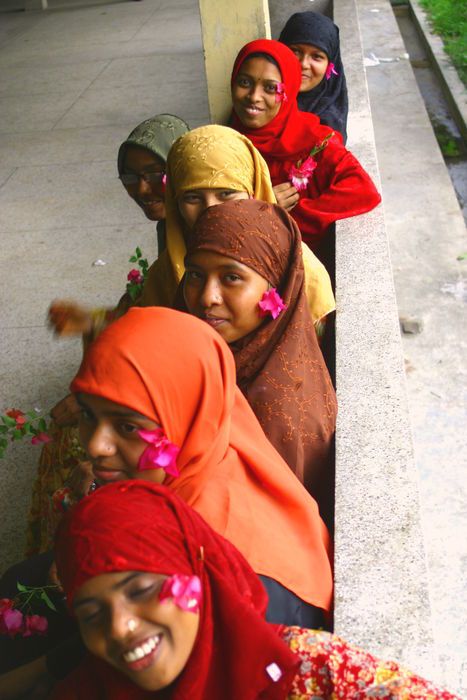
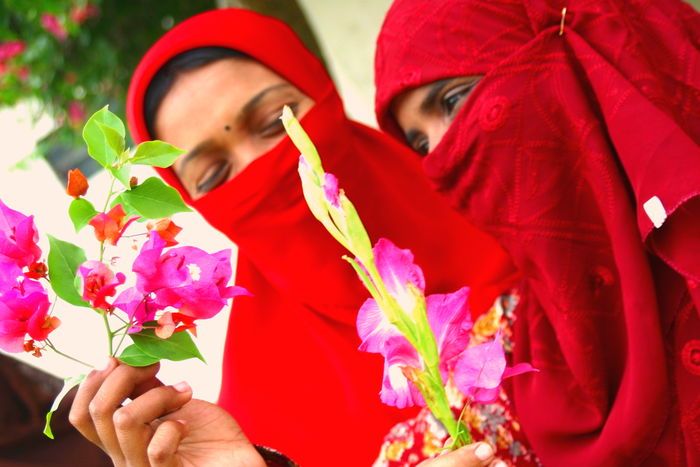
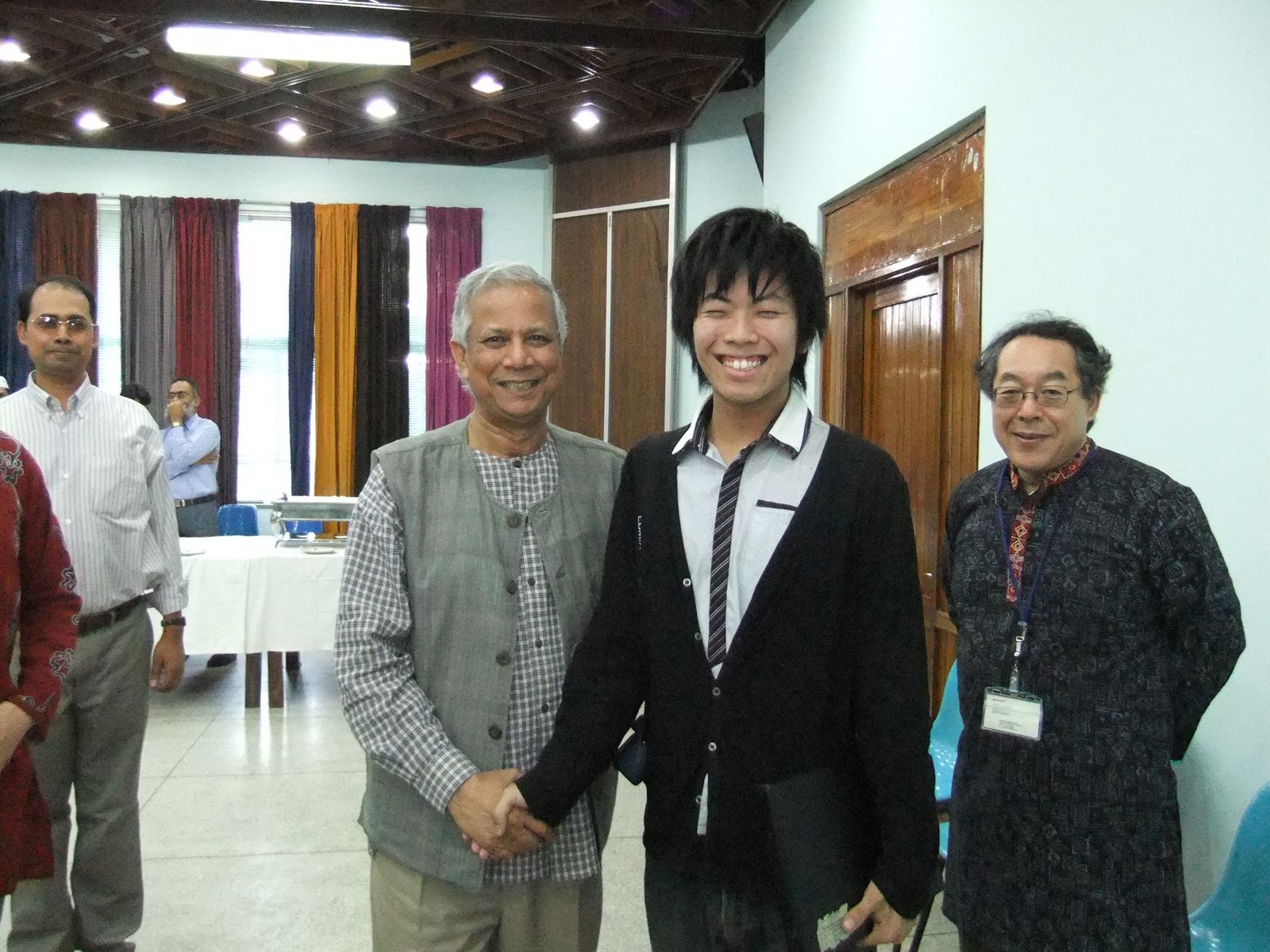
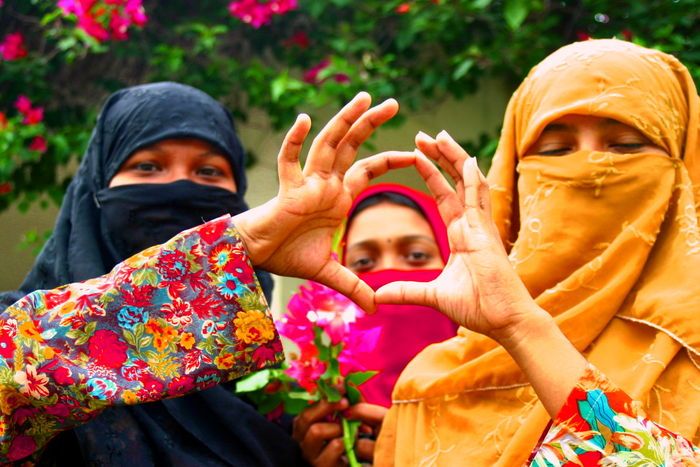

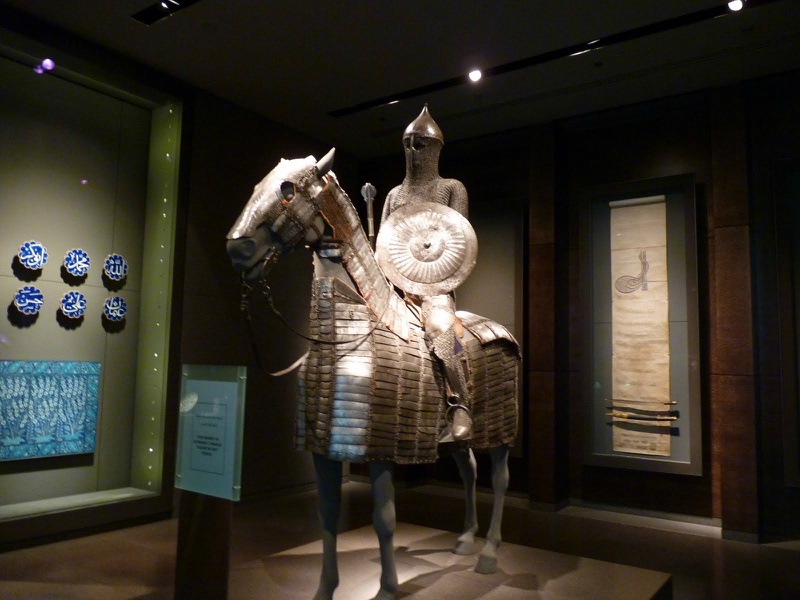

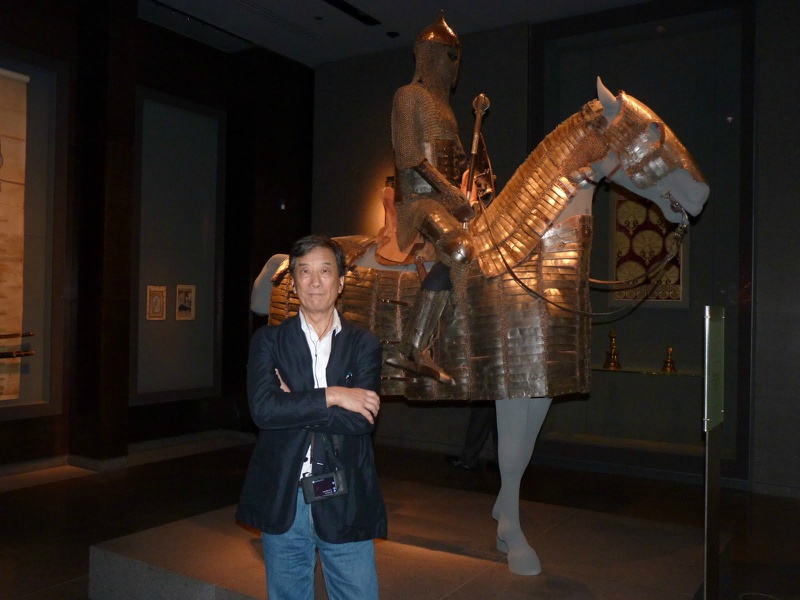
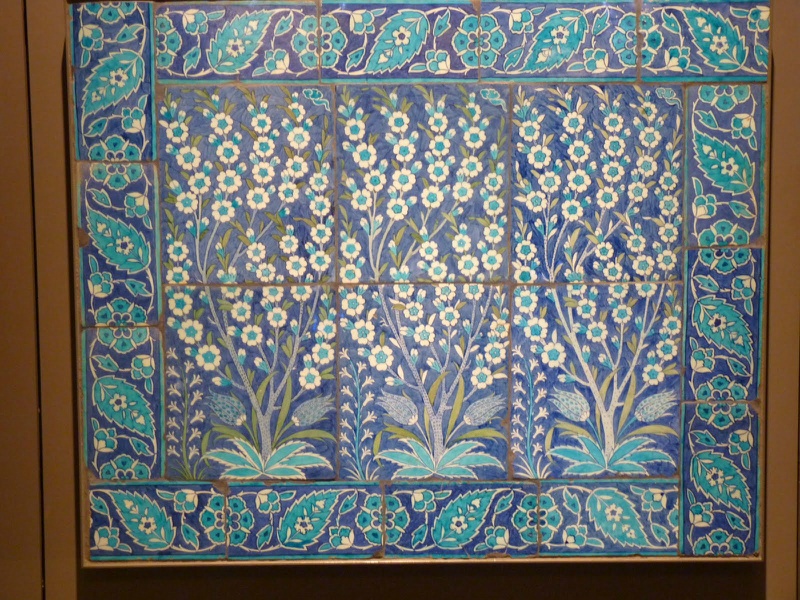
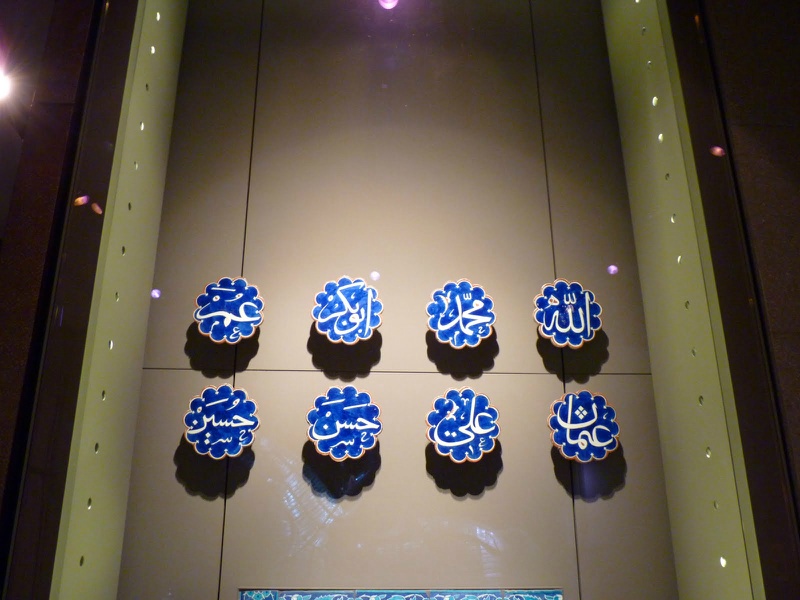
 Mr.Kurihara and myself
Mr.Kurihara and myself